Pleased ta meetcha, Pljeskavica!
Years ago at a music festival–Square Roots Festival at Old Town School of Folk Music, I think it was–I had the opportunity to try an eastern European street food called Ćevapčići, skinless sausages served on pita with a pepper relish called ajvar and raw diced onions. Something I ate one time, but it stuck with me for years afterward. Not in the sense that I obsessed over it, but it was memorable and something I’d have tried again given the opportunity. It was probably these guys who served me that first order of Ćevapčići. The “Balkan Burger” their Facebook banner image references–that’s Pljeskavica.
Pljesksvica is much the same thing as Ćevapčići, a similar blend of ground meats and spices, served in similar bread with mostly the same condiments. The main difference is that Pljeskavica is served as a single flat round patty rather than several small sausage shapes.
Pljeskavica is Serbian in origin, but common throughout the Balkans. According to my Bulgarian coworker the cuisines of the various countries in this region are all quite similar.
After a shopping trip with the lovely Mindy one day, ravenous, I searched online for a nearby Serbian restaurant and found not one but two within a mile of each other in nearby Brookfield. We settled on the nearer of the two, Skadarliya.
Skadarliya does serve Pljeskavica, but not in sandwich form. Their Pljeskavica is a large flat patty served over a bed of fries, with tomato, lettuce, and onions accompanying it on the plate.
The texture of the meat is denser, more tightly bound than what would be considered good for a hamburger patty. It is in fact more sausagelike, and the meat is seasoned throughout like a sausage would be. It contained beef, I assume, possibly lamb, but the texture almost certainly bespoke pork fat as well. Along with the meat, there was a large presence of onion, and the color spoke to at least some paprika as well.
Though the Pljeskavica itself was not served as a sandwich, Skadarliya provided a basket of Serbian lepinja bread alongside our meals. Lepinja is a sort of flatbread, about the size of a pita but risen to a height more akin to a hamburger bun.
They provided several scoops of a light yellowish white condiment along with the bread that was most likely kajmak, a Serbian type of salted clotted cream; and an orange condiment that could only have been their ajvar, a paste made of roasted red pepper and eggplant. The Pljeskavica was accompanied by another scoop of ajvar as well. The implication was clear.
This was pretty good. Strangely, I feel like it would have been less unwieldy if the full patty had been served with a full bread roll–though the patty was probably about 8 inches across, the small wedges of bread did not do much to hold the slightly larger wedges of meat in place when lubricated by the ajvar. Even less so when onions and lettuce entered the picture.
I liked Skadarliya, it was quite a nice place, and apparently authentic given the number of people speaking with eastern European accents in the place was roughly everybody except us. I liked their take on Pljeskavica as well. There are a number of other Serbian restaurants in Chicago that I could have tried next. You know me though; I gotta do things myself.
I hit up another Serbian restaurant for some ajvar and kajmak–as much fun as it would be to experiment with making these condiments, my time was limited. The nearest one to my home is Stefan’s Grill in Hodgkins, IL. This is a nice bar and grill that for some reason is smack in the middle of an otherwise desolate industrial park just off Interstate 294. They sold sides of both ajvar and kajmak to me, and even threw in a piece of lepinja bread.
- Kajmak from Stefan’s Grill
- Ajvar from Stefan’s Grill
- Lepinja from Stefan’s Grill
I’ve read several recipes for mock kajmak–“mock” because the real Serbian style of Kajmak uses raw milk, which is not easy to obtain in the US–and most of them combine cream cheese with sour cream and some other saltier cheese, like feta. The kajmak I got from Stefan’s Grill tasted more like someone had put some cottage cheese and a little salt in a blender until it reached a semi-smooth consistency. I mean that in a good way–it tastes like milk, and salt, and fresh cheese, and… something. It was delicious spread on their lepinja bread, which had a spectacular hole structure, as was the ajvar, spicy, tart, a little sweet and smoky.
My own lepinja bread did not turn out nearly as nice as the roll I got from Stefan’s Place. I followed this recipe, but also added a teaspoon of baking powder as I had read elsewhere that lepinja adds a little oomph to its leavening in this way. I think if I’d used a harder bread flour and kneaded the bread longer I could have gotten something closer to Stefan’s Grill’s lepinja, but I wasn’t displeased with how mine turned out.
- Homemade Lepinja
- Homemade Lepinja
Of course when it came to the Pljeskavica I winged it and made my own recipe, based on what I’d tasted.
My Pljeskavica recipe:
- 24oz lamb, cut into small chunks with as much sinew removed as possible
- 12oz pork belly, cut into small chunks with as much sinew removed as possible
- 1 onion, finely diced
- 3 cloves garlic, minced
- 1 tbsp kosher salt
- 1 scant tbsp black pepper
- 1 heaping tsp Hungarian paprika
- Combine all ingredients, mix well.
- Place on lined cookie sheet in a thin layer and put in the freezer for ~1 hour to become firm. The grinder parts should be in the freezer during this time as well.
- Once the meat has become quite firm but not fully frozen, run through the grinder.
- Once all the meat is ground, mix together with hands and then form into 4 large patties.
- Grill the patties until done medium to medium well.
I suppose I could have pan fried these but heck, it’s April, and even if it’s still under 40° F outside, it’s about damn time I fired up the grill. I think they turned out great that way.
It’s my understanding that some places Americanize these patties by serving them with ketchup, pickles, tomatoes, lettuce, etc., but I wanted to get a feel for the real thing so I split open a lepinja roll, spread kajmak on one side and ajvar on the other, and sprinkled on some diced yellow onions.
Then on goes the patty and that’s pretty much it.
It doesn’t look like much that way. The bright orangish red ajvar is still there though, hidden under that big round of ground meat.
I served the other three to my family, with or without ajvar and onions by request. (All were interested in the kajmak, despite the poor way I’ve described it here. It really is quite good)
My youngest was very excited by this meal. This is a kid who, though he talks a good game on burger nights, tends to get a few bites in to a hamburger and then finish all his chips and ask for a hot dog. He ate this whole oversized thing and asked his mom to share hers.
This recipe will go in my back pocket. I suppose it would be easier to simply get some ground beef and pork and mix them together, and probably just about as good. The texture of my patty, though still sausagier than you’d want in a burger, was less tight and springy than the Skadarliya Pljeskavica, and juicier. One day I’ll be back to Stefan’s to try out their menu, and I’ll definitely hit up the Ćevapčići Chicago guys if I see them out at another festival sometime, but it’s good to know I can make these myself when the urge hits.
Now I just need to learn to make the kajmak. Anybody got a line on some raw milk?

I like sandwiches.
I like a lot of other things too but sandwiches are pretty great



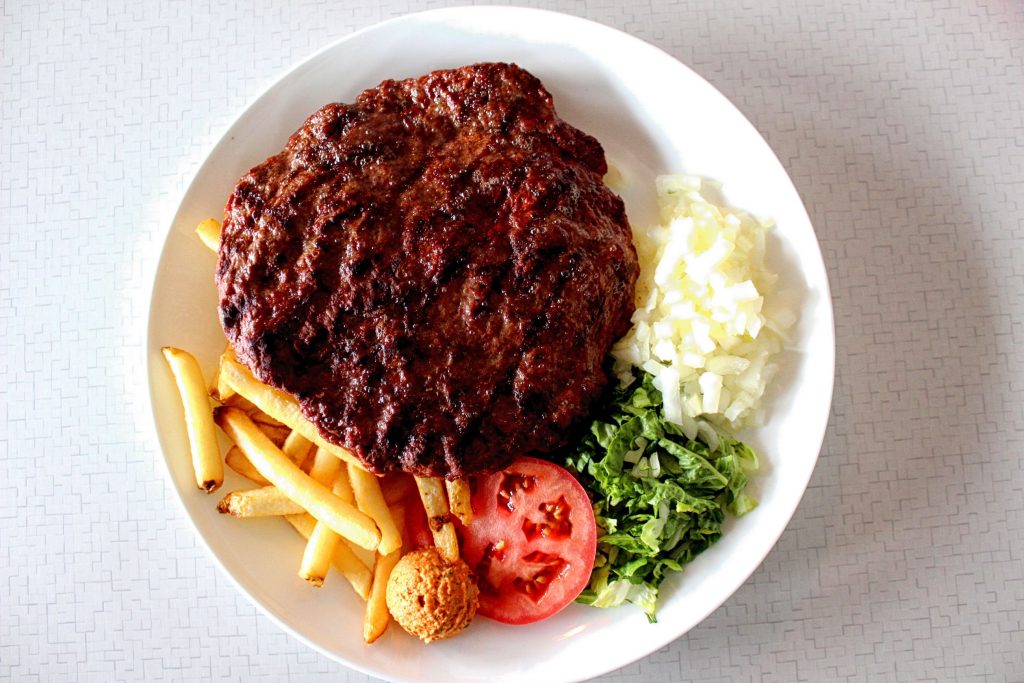
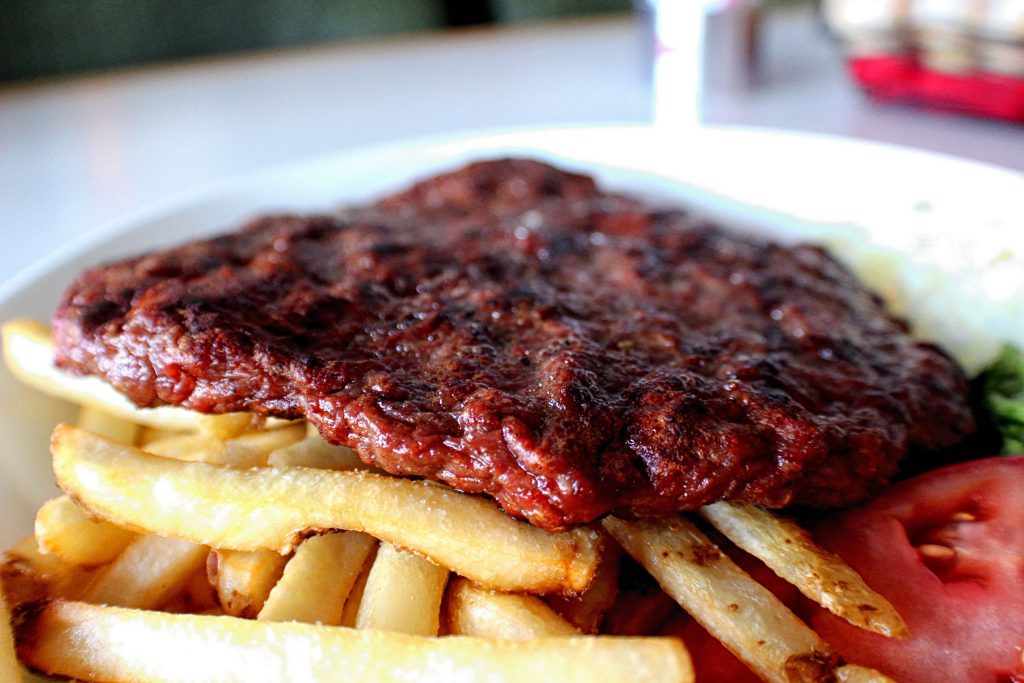
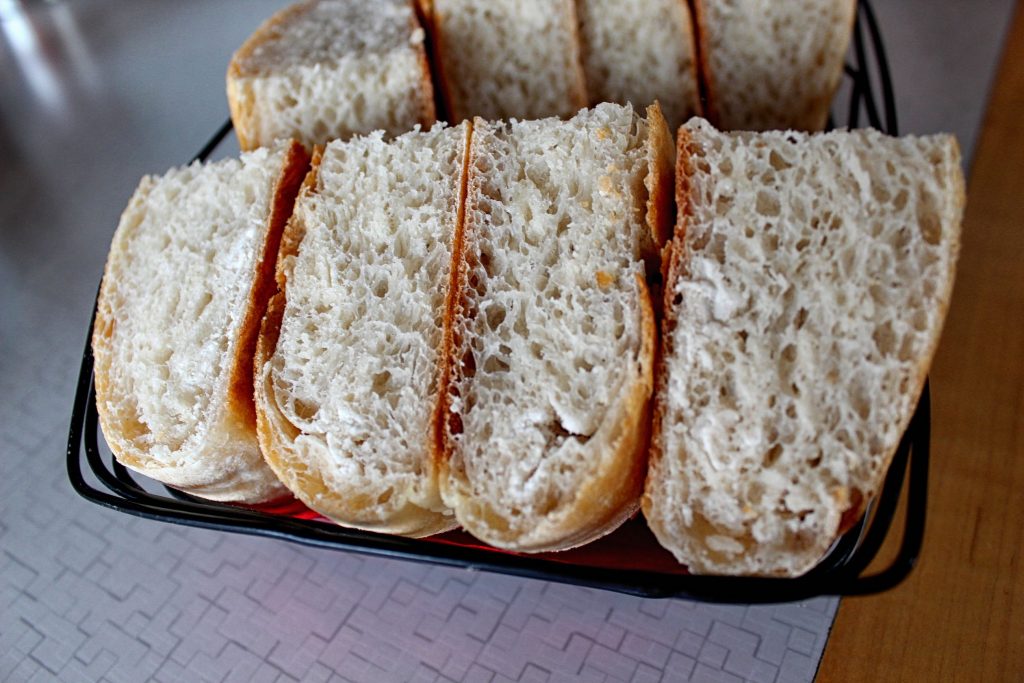
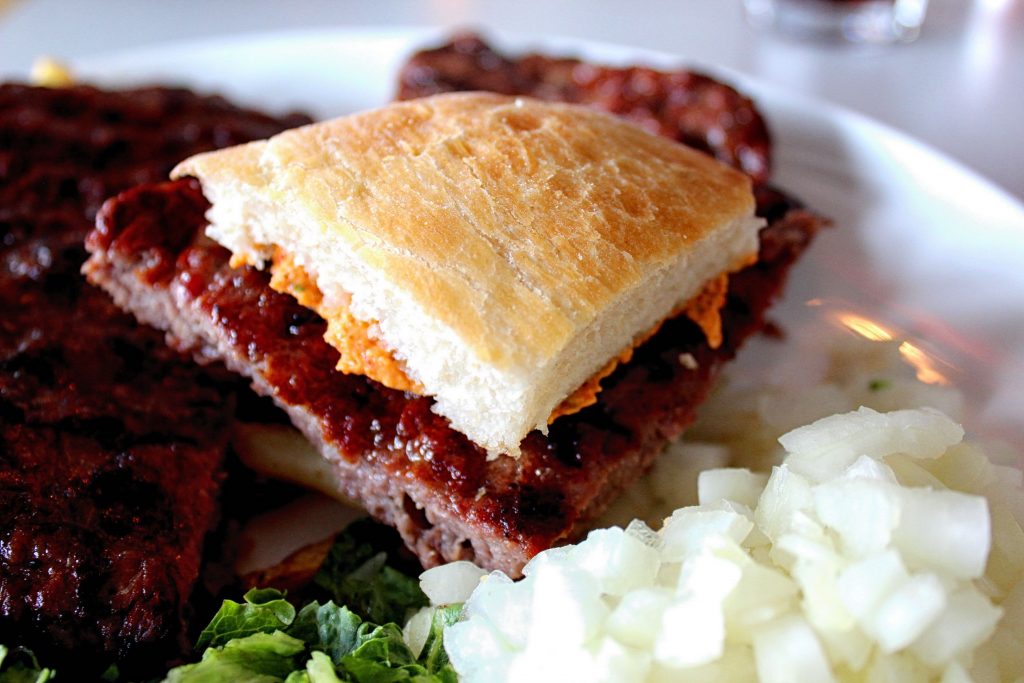
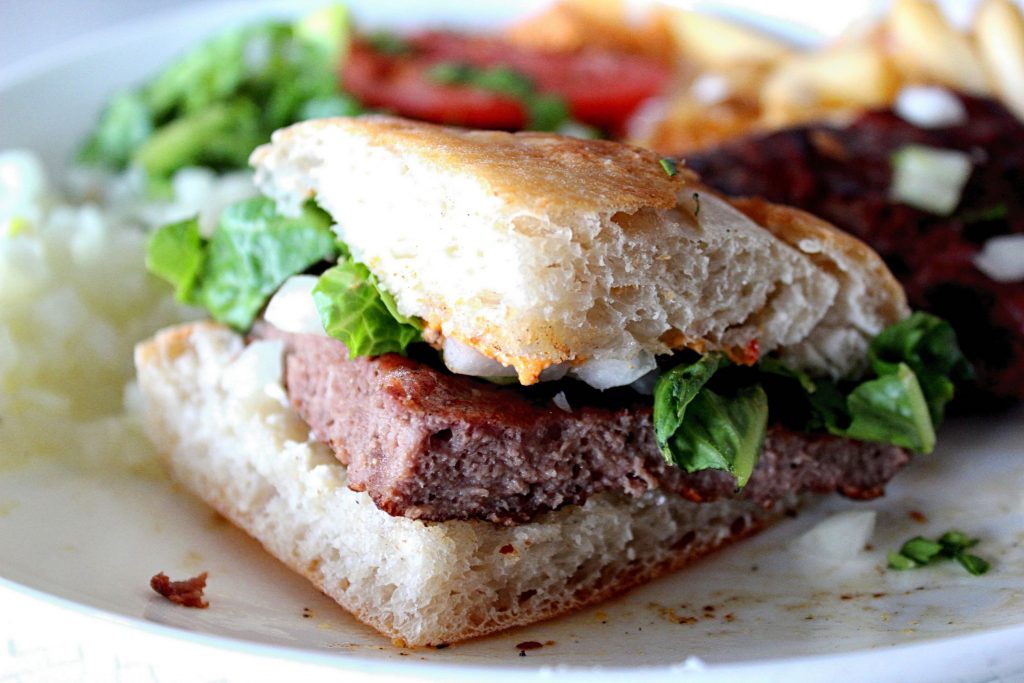
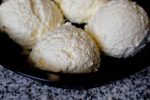
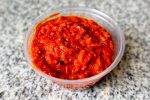
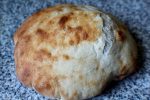


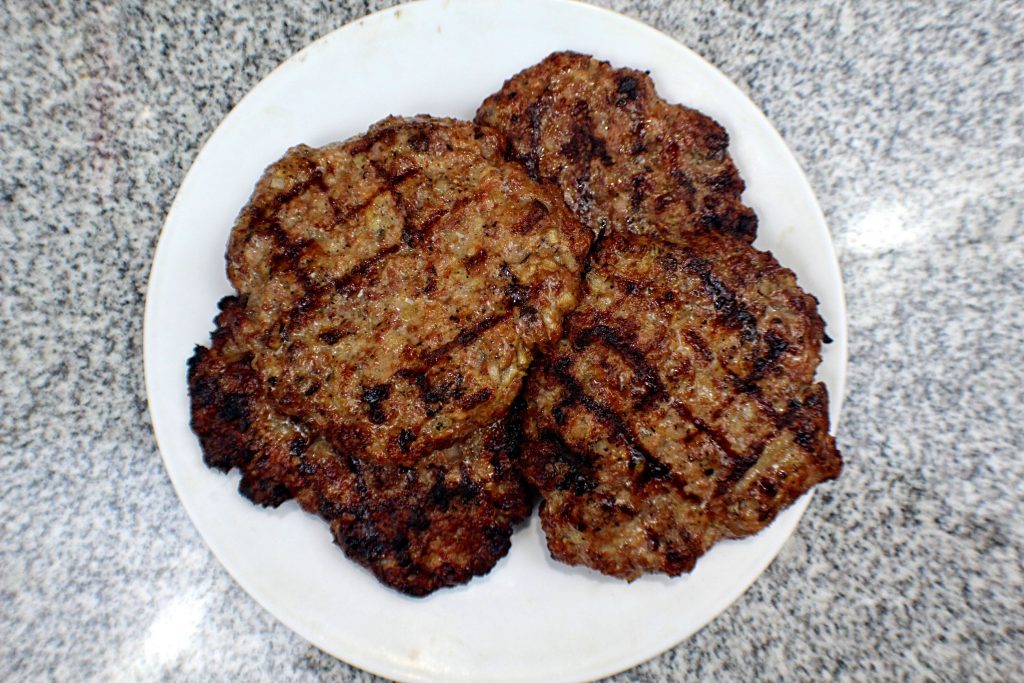
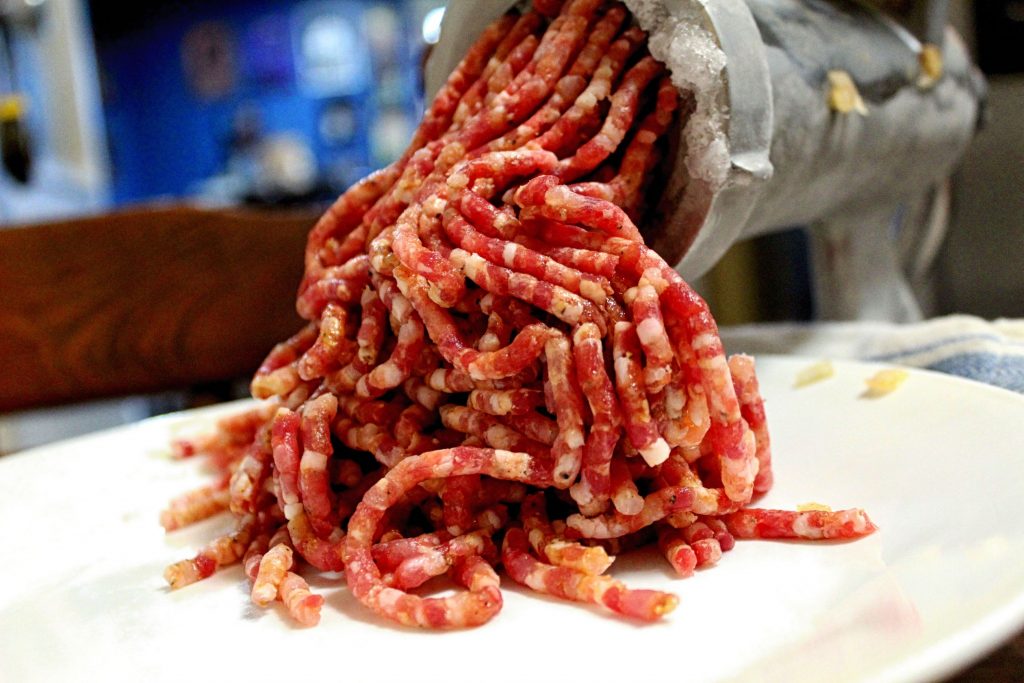
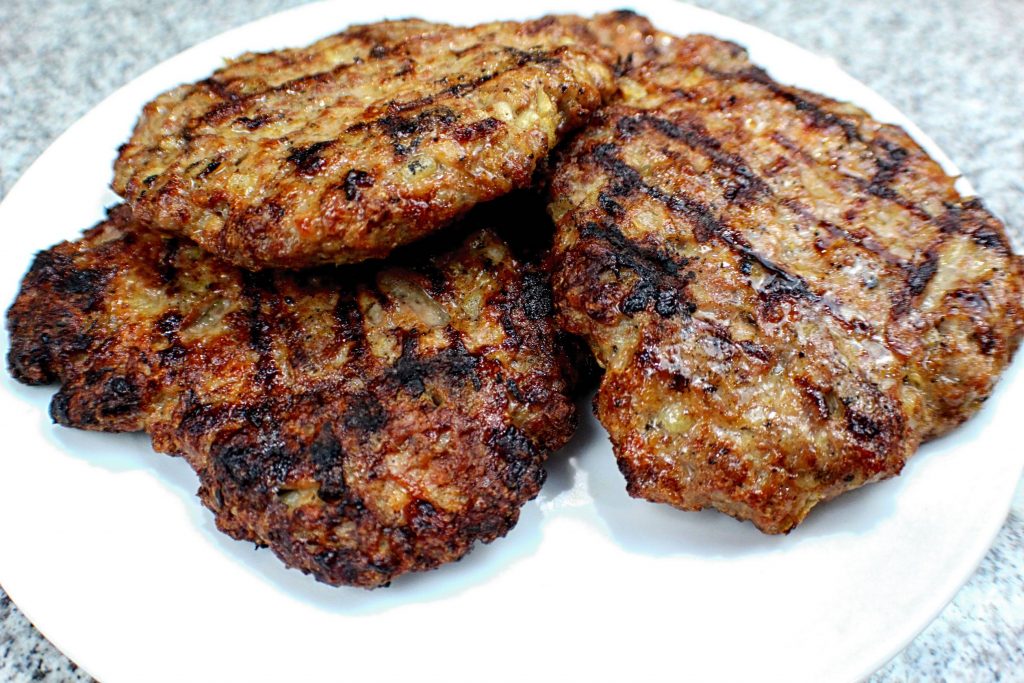
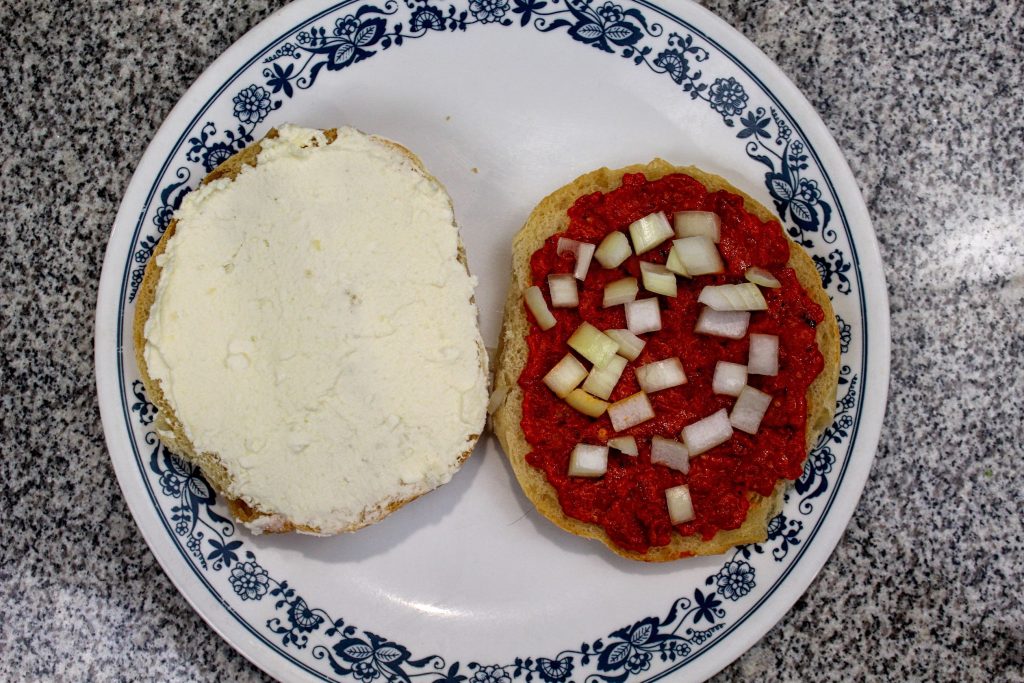
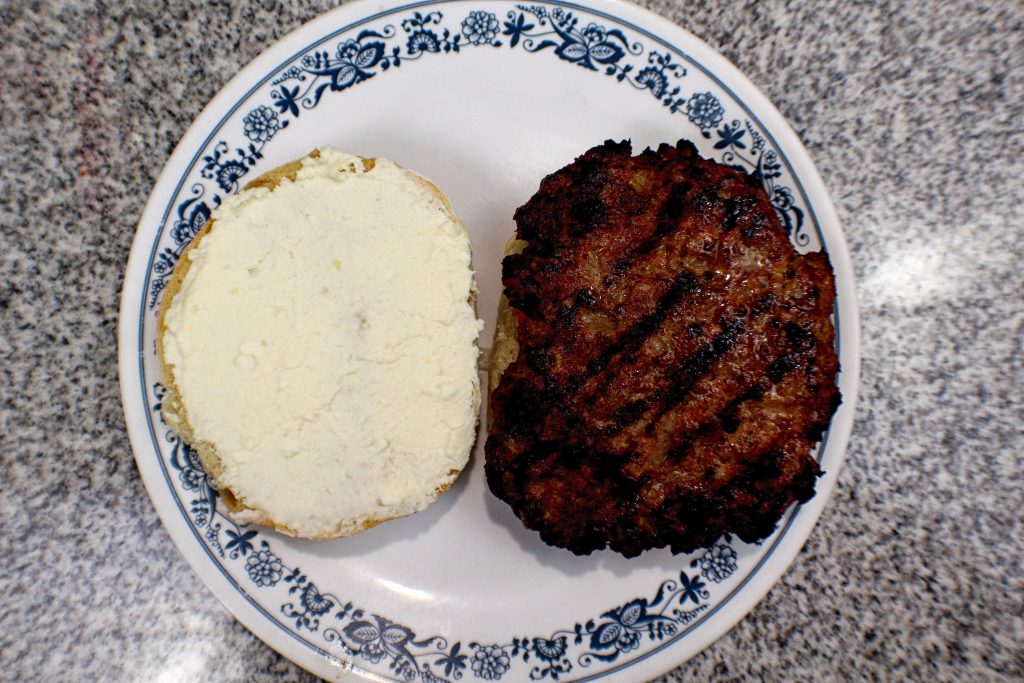
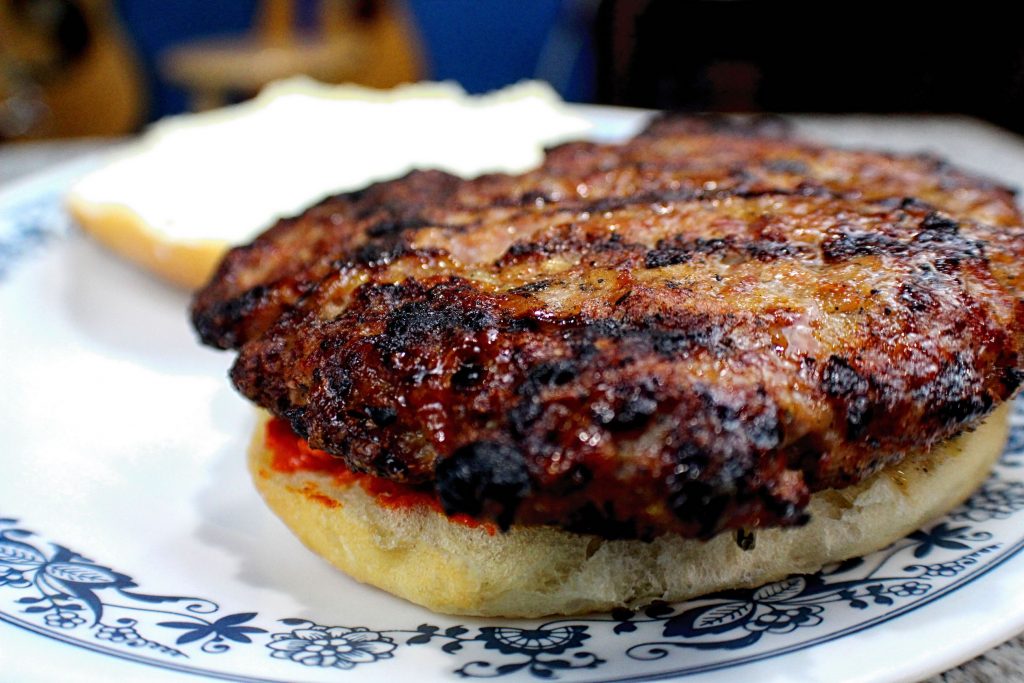
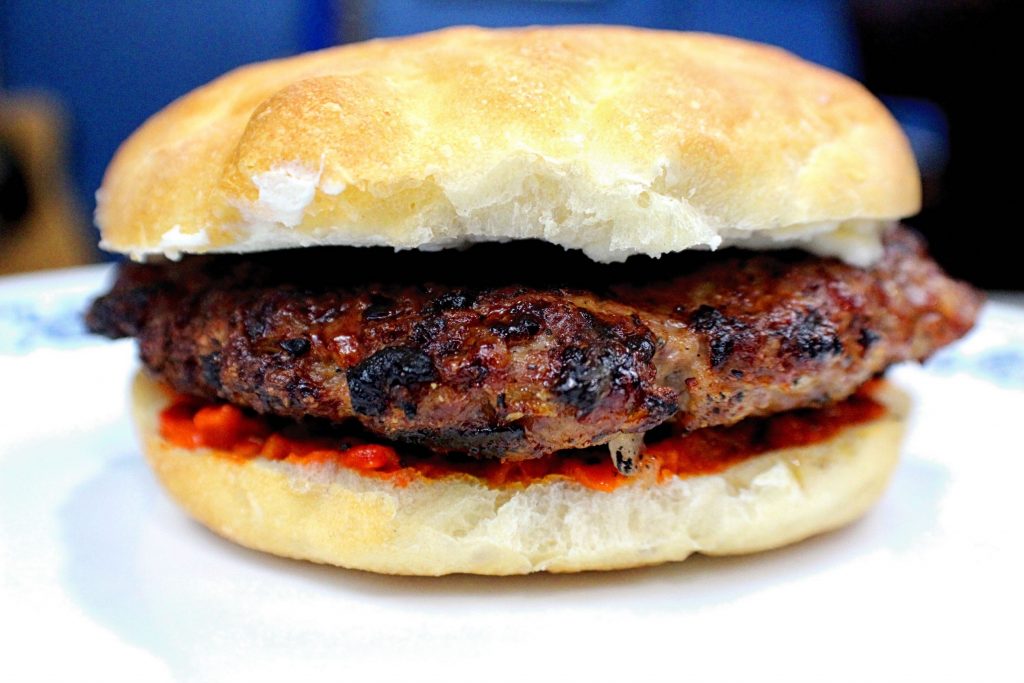
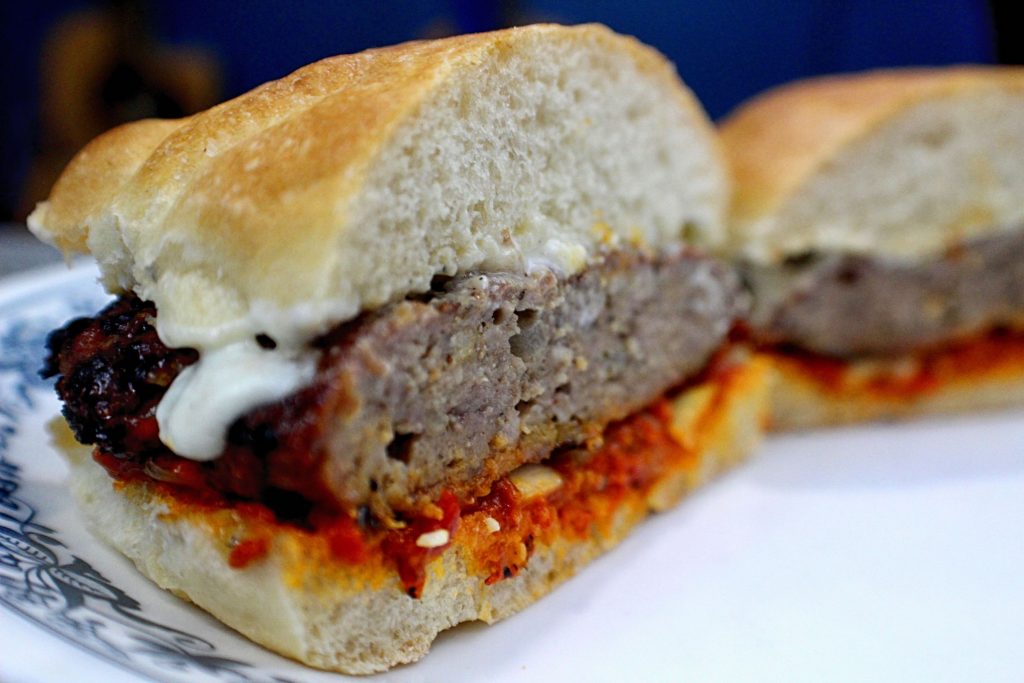

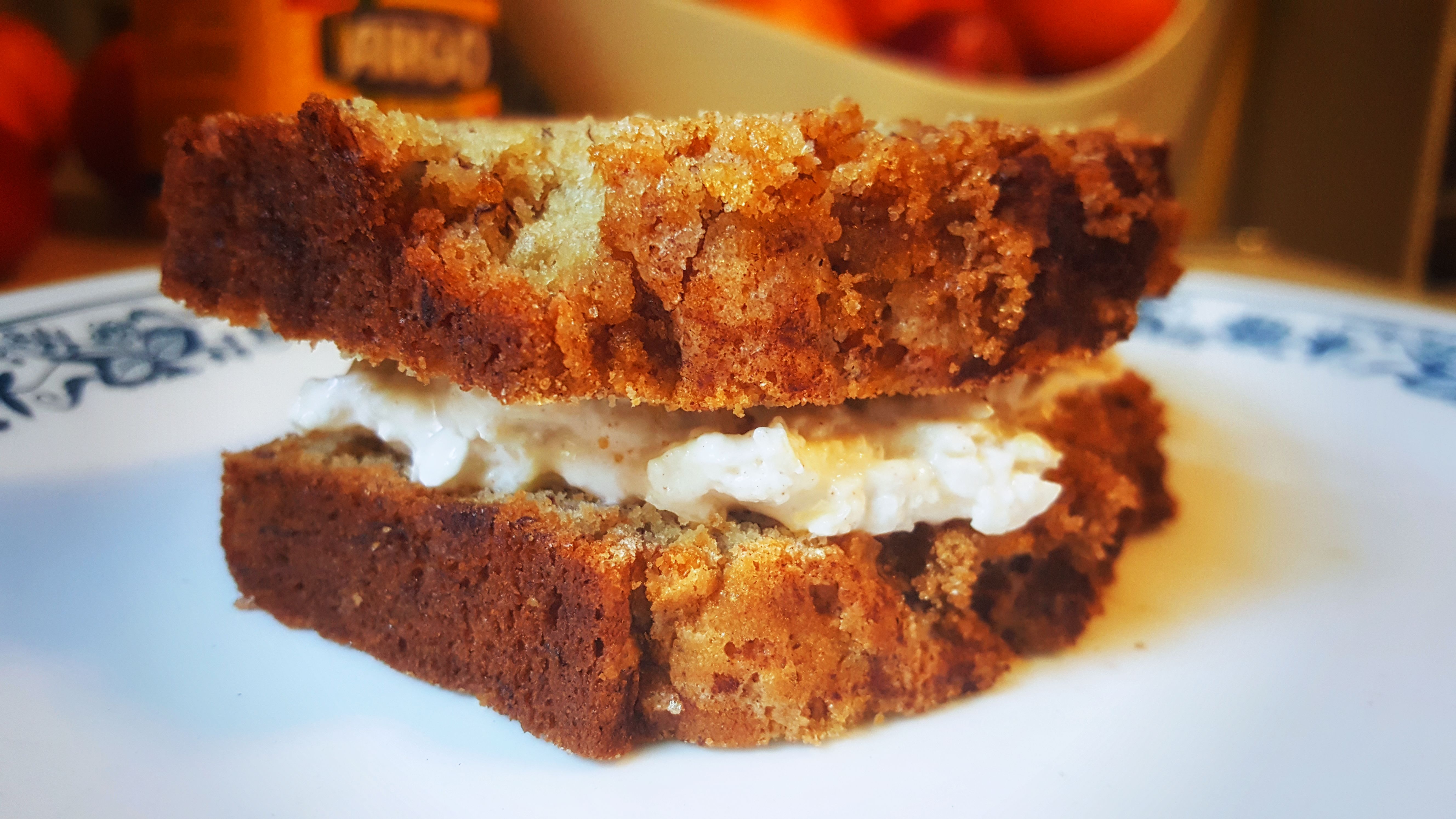
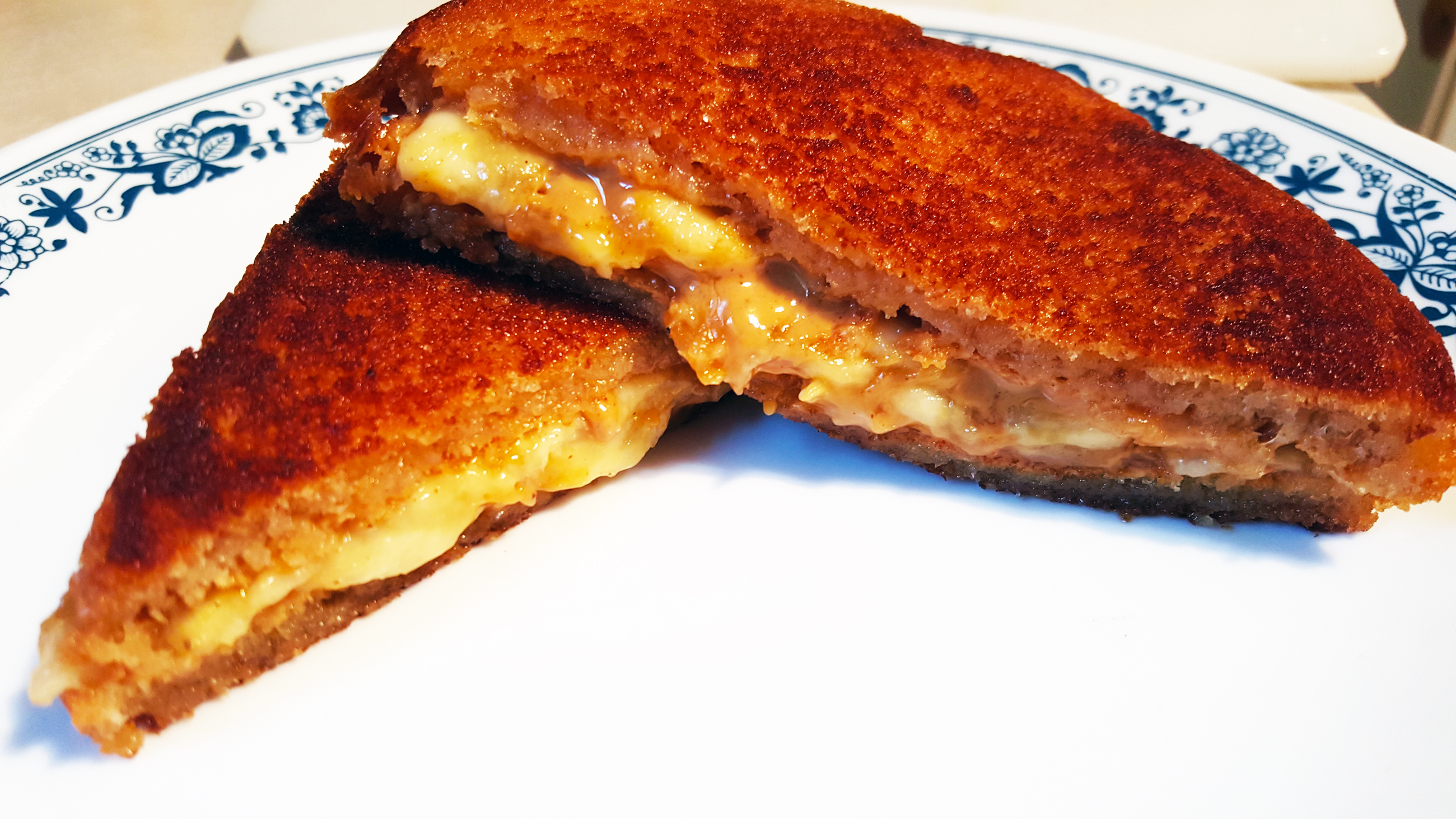






Recent Comments